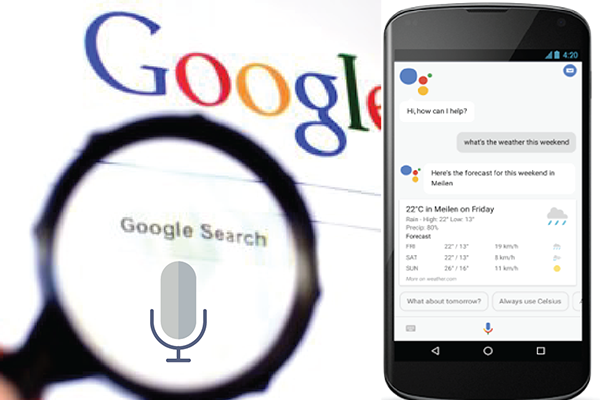Google Publishes Voice Search Guidelines
Google recently published voice search speech guidelines that are worth reviewing. Everyone that considers search engine optimization (SEO) important will soon have the same view of voice search. comScore predicted 50% of all searches will be by voice in 2020. Gartner predicts 30% of web browsing will be done by voice the same year. Voice adoption is growing quickly and discovery through Voice SEO will become critical.
The Google Voice Search Speech Guidelines
The “Evaluation of Search Speech – Guidelines,” is summarized in a Google Research Blog post. Both are short and worth reading.
The Google Assistant is designed to provide help and information across a variety of platforms, and is built to bring together a number of products — including Google Maps, Search, Google Photos, third party services, and more. For some of these products, we have released specific evaluation guidelines, like Search Quality Rating Guidelines. However, the Google Assistant needs its own guidelines in place, as many of its interactions utilize what is called “eyes-free technology,” when there is no screen as part of the experience…spoken responses are very different from display results, as what’s on screen needs to be translated into useful speech.
Google researchers have conducted a number of searches and created a rubric for human testers to rate voice search results. The key parameters include:
- Information Satisfaction: the content of the answer should meet the information needs of the user.
- Length: when a displayed answer is too long, users can quickly scan it visually and locate the relevant information. For voice answers, that is not possible. It is much more important to ensure that we provide a helpful amount of information, hopefully not too much or too little. Some of our previous work is currently in use for identifying the most relevant fragments of answers.
- Formulation: it is much easier to understand a badly formulated written answer than an ungrammatical spoken answer, so more care has to be placed in ensuring grammatical correctness.
- Elocution: spoken answers must have proper pronunciation and prosody. Improvements in text-to-speech generation, such as WaveNet and Tacotron 2, are quickly reducing the gap with human performance.
What it Means for Brands and Media
Consumers are increasingly turning to voice for search. When they are using Amazon Alexa or Cortana-enabled products they are getting results from Bing. However, when they use any Google products such as Google Assistant or Apple Siri, the results will be dictated by Google. Following these guidelines will be increasingly important in order for your content to surface in voice searches. This effort has some urgency because voice search results are limited to one or two items according to Google Assistant group product manager Brad Abrams from a recent Voicebot Podcast interview.
If marketers think about optimizing their content for the parameters listed above, they will be in a much better position to rank highly for Google Assistant voice search results. Voice SEO is largely a mystery today, but Google is starting to formalize its guidance. Time to get started.
Voicebot Podcast Episode 14 – Brad Abrams, Google Assistant Group Product Manager









